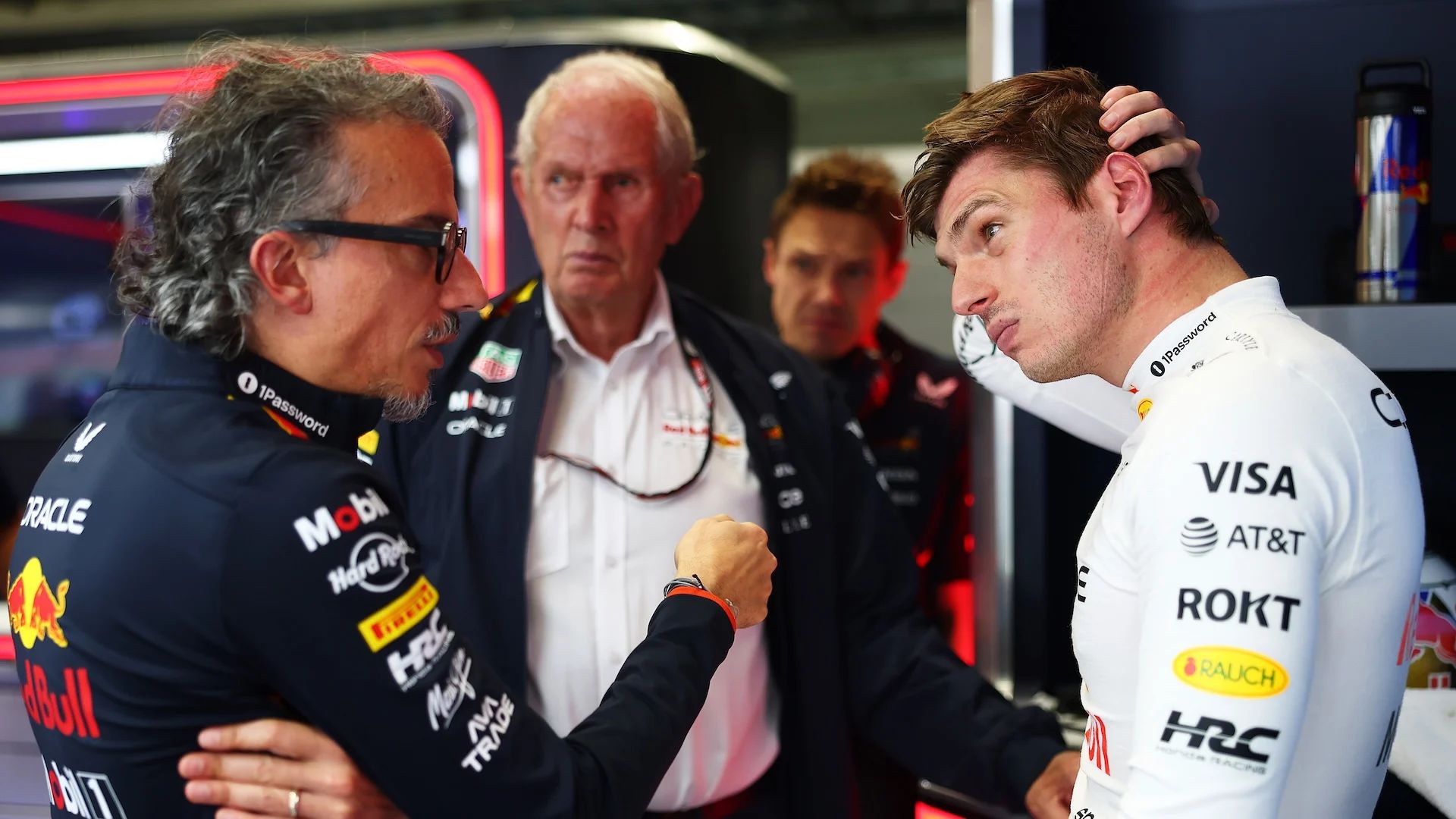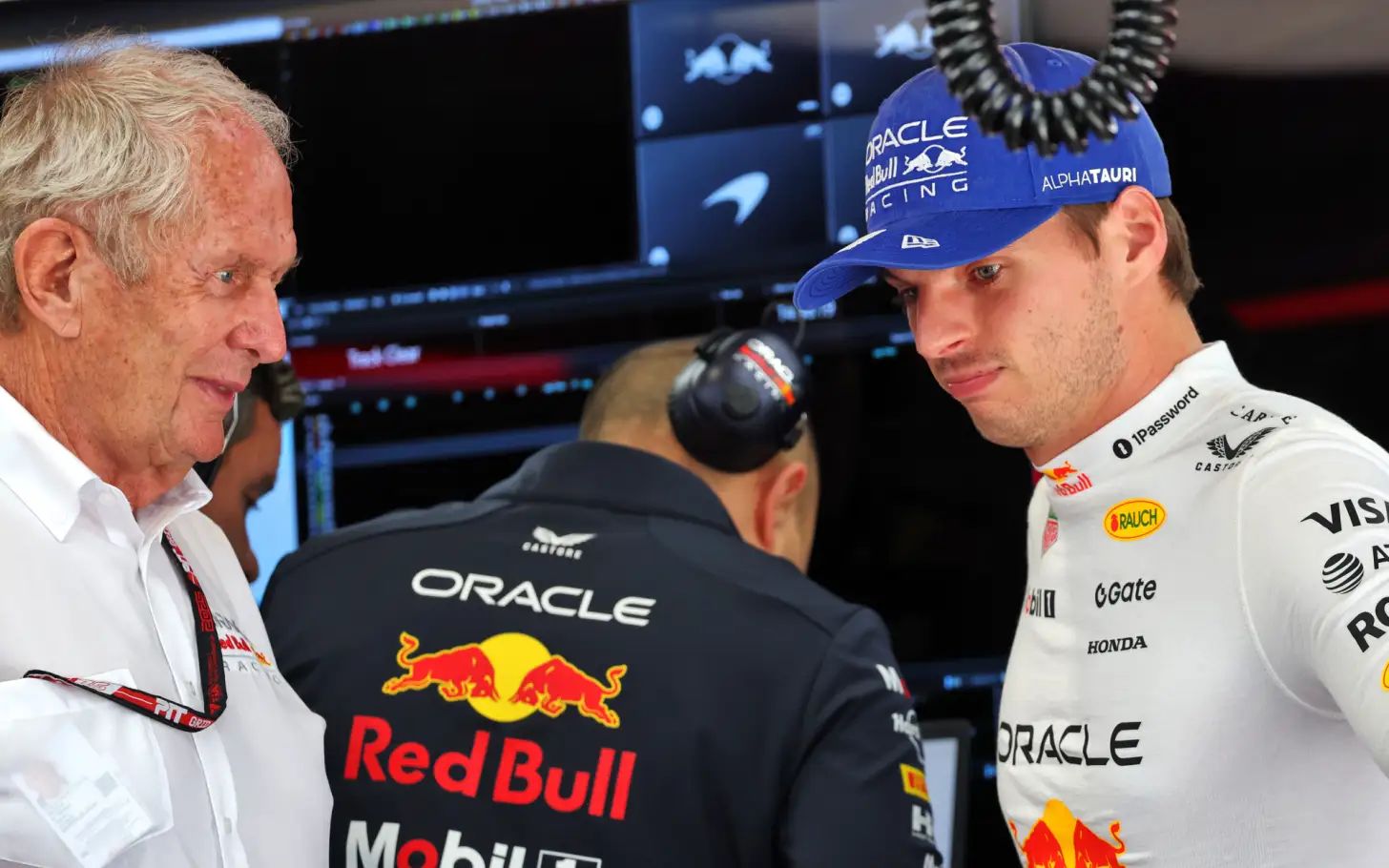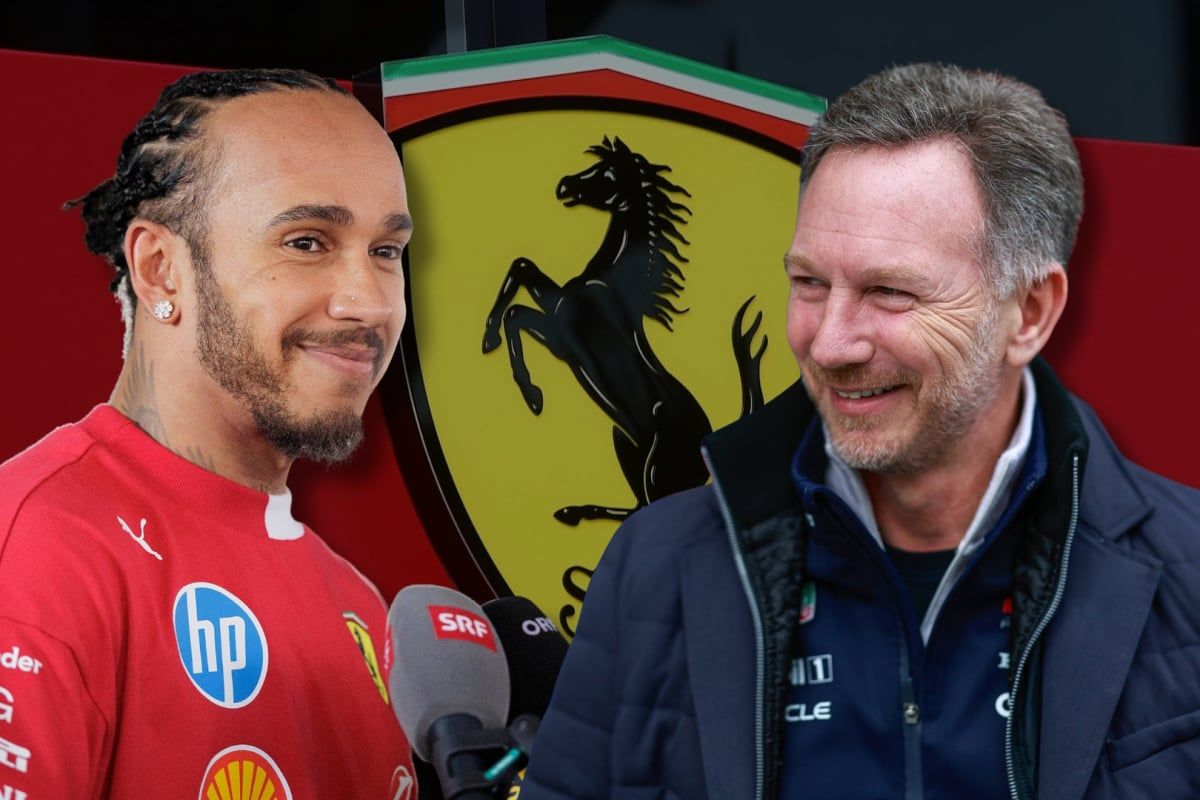Red Bull’s Calculated Gamble: Laurent Mekies Explains the Strategy Behind Verstappen’s Pit Lane to Podium Charge
When Laurent Mekies accepted the dual role of Team Principal and CEO of Oracle Red Bull Racing in July, he stepped directly into one of motorsport’s toughest hot seats. His predecessor, Christian Horner, had defined Red Bull’s identity for twenty years, leading the outfit to six Constructors’ Championships and eight Drivers’ crowns. Taking over a legacy of that scale is daunting for any leader—let alone one still settling into the role.
But if the events of the Brazilian Grand Prix proved anything, it is that Mekies does not intend to tiptoe his way into Red Bull’s future. Instead, he is reinforcing the philosophy that made the team dominant: take risks, learn fast, and never settle.
Speaking in Lisbon, Portugal, this week, Mekies opened up about the bold decisions that led to Max Verstappen starting from the pit lane in São Paulo—decisions that could have easily backfired but ultimately paved the way for one of the most impressive comeback drives of the season. His reasoning revealed not just a strategy shift, but a deliberate cultural statement.
A Weekend That Began on the Back Foot
It all started with a Sprint Race that left Verstappen frustrated and sitting in fourth place. The car lacked pace, grip, and balance—unacceptable conditions for a driver still in contention for the world title.
After the Sprint, Mekies recalled the frank internal discussions. “Max finishes P4, and we look at each other thinking, ‘We are about to head into qualifying and the main race. This is our final shot to adjust the setup.’ The car is stuck at P4 potential. Do we stay there? Absolutely not.”
The team went ahead with aggressive pre-qualifying changes, hoping to unlock the performance window that would allow Verstappen to fight at the front. But instead of a breakthrough, they ended up with a disaster: Verstappen failed to escape Q1 on pure pace, ending qualifying in a shocking P16—the worst of his career under normal running.
Most teams would have panicked. Mekies didn’t.
Failure as a Strategic Tool
Rather than shielding the team from criticism, Mekies embraced the setback as part of Red Bull’s internal DNA.
“We obviously failed,” he said matter-of-factly. “But it’s essential. That willingness to take risks is what empowers everyone in the team. If we stop taking risks, we slow down without understanding why. When it fails, the lessons you gain—if you treat it as intentional risk-taking—are massive.”
Those lessons, however, came at the price of a long and painful Saturday, with Verstappen spending the sprint race wrestling an uncooperative car. The data made one thing clear: the setup was wrong.
So, instead of playing it safe, Red Bull made another radical decision.
The Crucial Second Gamble
The team executed a sweeping overnight overhaul on Verstappen’s RB20. But because these changes breached parc fermé rules, Verstappen would have to start from the pit lane. Many team principals—especially new ones—would have avoided such scrutiny and stuck with the mediocre setup to salvage points.
Mekies chose the opposite.
“This is how we race,” he explained. “We’re convinced it’s the only way to stay ahead.”
It wasn’t simply a technical call—it was a signal to the entire organization. Being competitive means eliminating fear, embracing uncertainty, and prioritizing lap time above comfort. For Mekies, taking the car off the grid was not reckless; it was logical. The team would rather rebuild the car completely than compete with a compromised setup.
“We flipped the car upside down again, and finally found the window we wanted,” he said. “Then Max did his magic.”
A Podium Earned Through Process, Not Luck
Verstappen’s charge from the pit lane to the podium looked effortless to the audience, but it was rooted in a deliberate philosophy. Red Bull chose knowledge over short-term security. They traded a likely mid-pack finish for an opportunity to correct the car fundamentally—and it worked.
This was not a miracle drive but the result of calculated boldness.
“The lesson is that no matter how painful the process is, it’s the best way to learn,” Mekies said. “It’s the only way we believe we can move forward.”
A New Leader, The Same Ruthless Culture—Sharpened
By the end of the weekend, Verstappen’s podium validated Red Bull’s approach. But more importantly, it showcased Mekies’ commitment to the ethos he inherited. Many leaders preach about embracing failure or empowering teams. Few demonstrate it by turning a race weekend upside down within hours of qualifying.
If Mekies’ first major test is anything to judge by, the culture of risk-taking at Red Bull isn’t going anywhere. If anything, he intends to amplify it.




